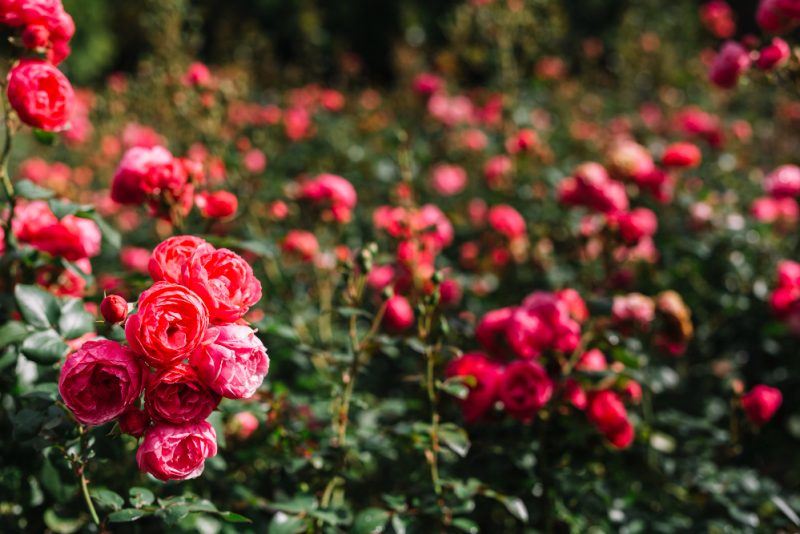Pruning Your Roses Ready for Spring
Roses are hands-down the most loved flowers of all time. Their blooms are exquisite and their scent exudes pure romance. Perhaps what makes them even more special is that they have a reputation for being “fussy,” delicate and difficult to grow. The more effort you put into making them as healthy and beautiful as they can be, the more special they become.
But the level of difficulty depends on the variety; some varieties need more careful maintenance, while others will thrive even under the most relaxed method of care. In this guide, we explain when you should be pruning your roses, how to prune them and other handy tips to ensure your roses are looking beautiful for spring.

Why you should prune your roses for spring
Spring is the perfect time to give your garden, and especially your roses, some much needed attention. After a cold winter, you want to prepare your roses so they are happy and healthy for the warm months ahead.
It should be noted that roses can still continue to grow even without pruning; after all, shrubs grow in the wild. But, proper pruning practices can deliver multiple advantages. Pruning stimulates new growth, paving the way for a healthier, stronger, more lush and flowery garden.
It also allows good air circulation around each plant and facilitates the proper application of fungicide to help prevent fungus growth or blackspot, one of the most common and damaging rose garden diseases you can experience in your garden. Pruning is ideal for improving the aesthetics of your garden as it enables the plants to grow in a neater and more visually appealing form.
The best time to prune your roses
To keep your rose garden looking young and fresh, you want to prune them at the right time. The months of June to August are the best months for pruning as these are the times when roses are in their dormant state. In Australia, many rose growing experts say that pruning your roses ready for spring is best done during late July to early August.
However, this isn’t an iron-clad rule. Your pruning schedule will still depend on the type of rose plant you have as well as the level of cold you have in your location during winter. Some exceptions include:
- Old-fashioned, banksias, weeping standards: Prune only after the main flowering (when the majority of the blooms have flowered and are beginning to die).
- Once-flowering varieties: As soon as they have finished flowering, usually late spring to early summer.
- Climbing roses: Prune after blooming.
- Roses grown in colder locations: Prune when it’s not too cold to protect new growth from frost damage.
How to prune your roses
Effective pruning requires a good understanding of the growth process and preferences of the specific rose plants you are growing, as well as how the climate and soil conditions in your area impact their health.
You’ll also need to be equipped with the right tools, including leather gloves to protect yourself from thorns, a pair of sharp and clean pruning shears, and a narrow saw. When pruning you need to know where to cut, otherwise you may risk damage to your roses. While there are many different pruning methods, the following is the most simple.
- Prune thick, spindly stems, dead and old branches and crinkly stems on a 45-degree angle.
- When cutting, slope away from the bud.
- After each pruning, make sure to spray the plant with the right lime sulphur solution.
- Dispose of old branches, flowers and stems.
Ask the gardening specialists
If you are struggling to prune your roses yourself, then why not ask the experts to handle it for you? The team at Jim’s Mowing can ensure your roses are healthy and pruned to perfection as part of our comprehensive gardening services. You can receive a free quote today!






